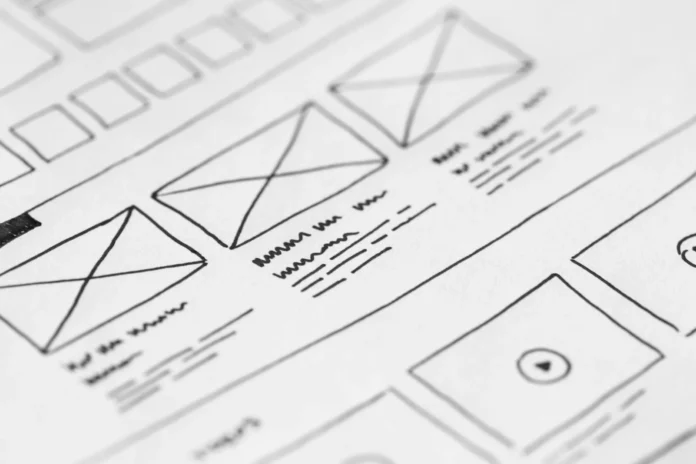In today’s digital-first world, user experience (UX) design has become a critical factor in the success of any business. Whether you run an e-commerce store or a SaaS platform, the way users interact with your product can make or break your bottom line. Yet, many business leaders still view UX design as a “nice-to-have” rather than a strategic investment, an oversight that can be a costly mistake.
The reality is that investing in UX design is a strategic move with a measurable return on investment (ROI). From increasing conversion rates by up to 400% to significantly enhancing customer satisfaction, the impact of a well-crafted user experience is undeniable. In this blog, we will explore the ROI of UX design, why it matters, and how businesses can leverage it to drive growth, profitability, and long-term success. We’ll also share practical and actionable tips, such as user research and testing, that you can implement to elevate your design process and deliver exceptional user experiences.
What is UX Design?
Before we dive into ROI, let’s define what UX design is. User experience (UX) design is the process of creating products such as websites and apps, that are easy to use, intuitive and enjoyable for the user. It encompasses everything, from the layout of a website page to navigation functionality and the overall site structure. In summary, it’s not just about how something looks, it’s about how it works.
Consider a website with hundreds of pages of products or services, UX design acts as the map, guiding users to their destination. By understanding what your user needs down to their behaviours and pain points, you can optimise their interaction with your product, making their lives easier. Good UX design isn’t just about aesthetics, it’s about solving problems and driving your business’s success.
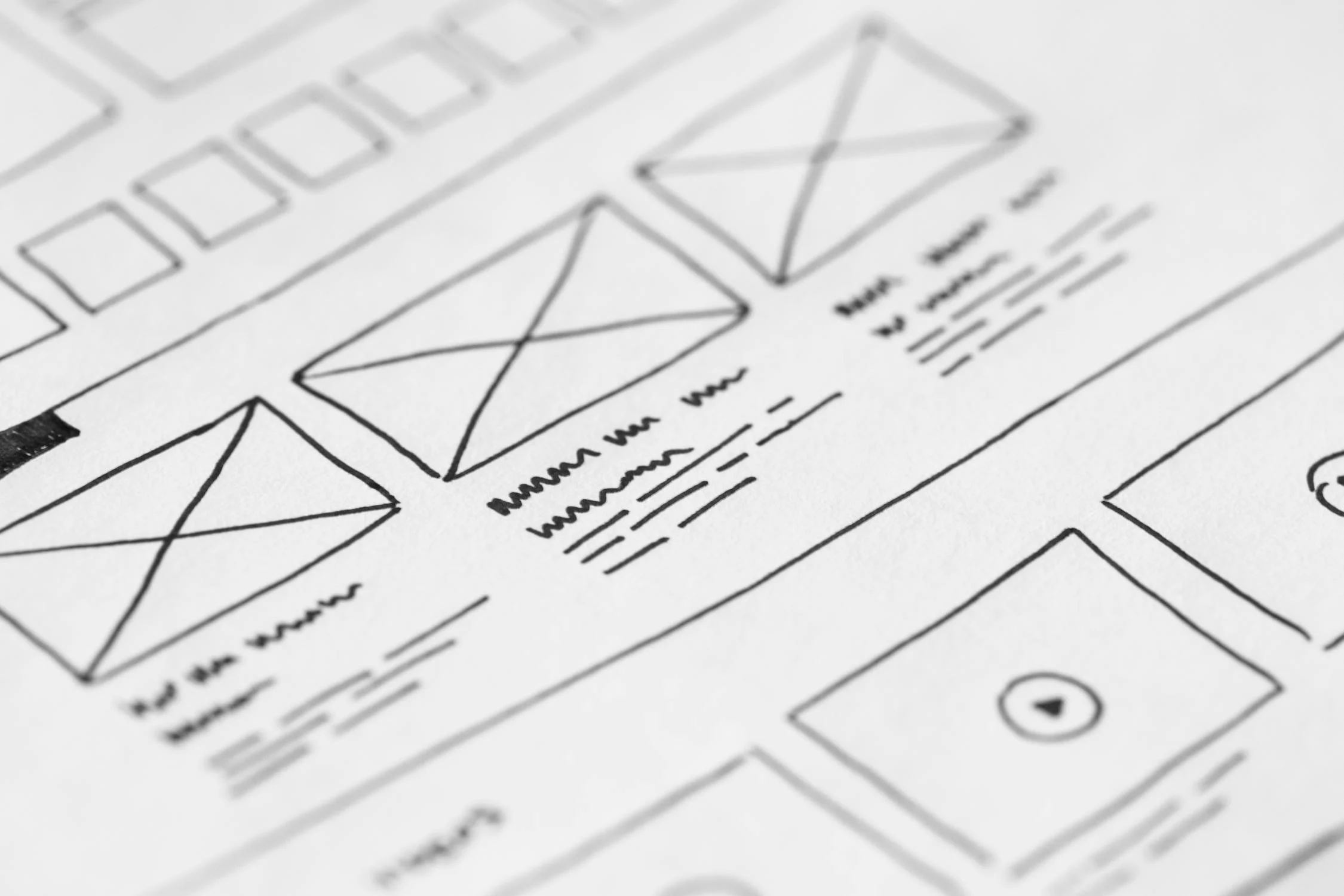
Why UX Design matters for businesses
In an increasingly competitive marketplace, UX design is a critical differentiator to help your business stand out from the crowd. Customers have endless options at their fingertips, and if your product is difficult to use or even frustrating, they will simply leave for a competitor.
Here’s why UX design matters for your business:
- Your brand reputation depends on it: A well-designed product enhances your brand image, while a frustrating experience can drive customers away
- Happy customers stick around: users are more likely to return if they find your website easy and enjoyable to use
- It saves you money: Investing in UX design early in the development process can save money in the long run by identifying issues early on and preventing costly redesigns
- Boost your conversions: A seamless UX boosts conversion rates, whether through purchases, sign-ups, or subscriptions. A smooth, frictionless experience can turn casual browsers into paying customers.
UX in numbers
Let’s dive into the data:
- Adobe reports that companies prioritising UX outperform their competitors by 219%, and design-focused companies are 69% more likely to exceed their business goals than competitors. (Adobe)
- Forrester research shows that every dollar invested in UX brings a 9900% return (Forbes)
- The Baymard Institute estimates that improving the checkout process alone could recover $260 billion in lost e-commerce revenue. (Baymard)
- Mckinsey found that design-driven companies achieve 32% more revenue and 56% higher total returns, “suggesting that good design matters whether your company focuses on physical goods, digital products, services” as “the market disproportionately rewarded companies that truly stood out from the crowd”. (Mckinsey)
The evidence is clear: investing in UX design directly impacts business success.
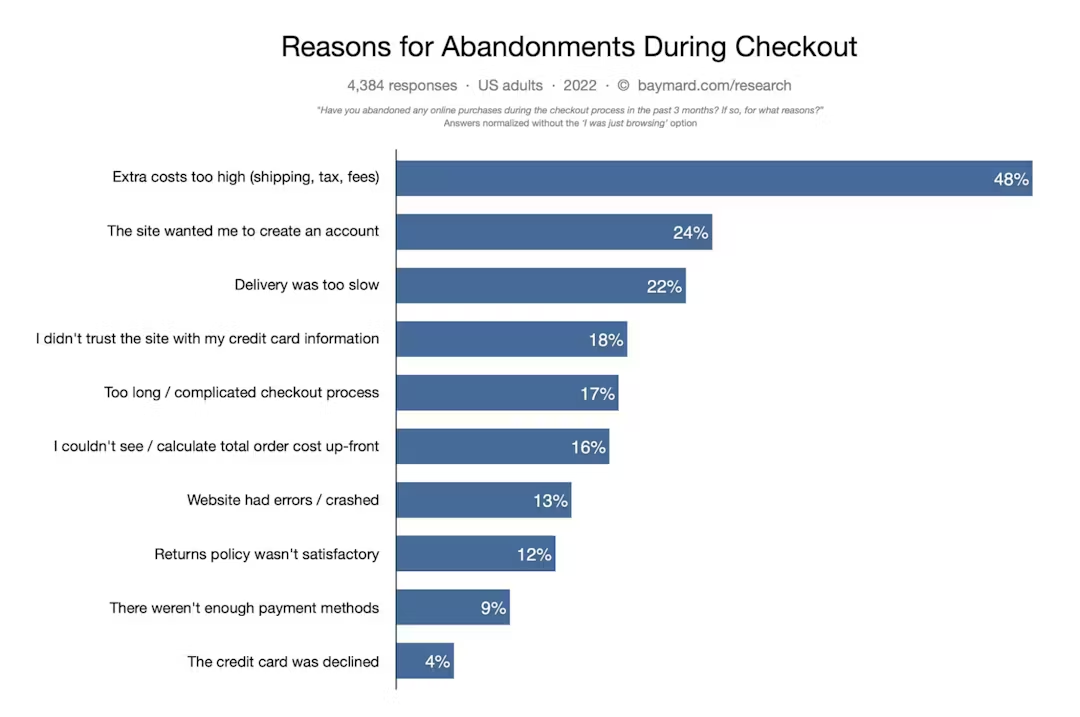
How UX design drives ROI
Let’s explore how UX design translates into financial gains with real-world examples.
Increased conversion rates
Good UX design eliminates friction, making it easier for customers to complete key actions, such as making a purchase or subscribing to your platform. Creating a seamless user experience can significantly boost your conversion rates.
Airbnb redesigned its website to focus on improving its user experience through simplicity and ease of use resulting in a 30% increase in bookings as it became easier for users to find and book accommodations. (Medium)
Improved customer retention
Acquiring new customers is five times more expensive than retaining existing ones, with onboarding costs and sales taking up both money and time. Focusing on your current customer base’s needs through UX design and creating positive experiences is the key to keeping them engaged and instilling loyalty.
Netflix continuously optimises it’s product with their current users in mind. Their recommendation engine providing personalised recommendations for their users keeps them coming back for more, reducing churn to 2.4% and helping them dominate the online streaming market. (AlmaBetter)
Reduced support costs
A poorly designed product leads to increased customer support requests as frustrated users cannot find what they need. Investing in UX design reduces the need for assistance as users have an easier experience of your product and fewer complaints.
Slack’s user-friendly experience minimises their need for extensive customer support, allowing the company to scale rapidly while cutting customer service costs. (Review)
Faster time to market
An early investment in UX design will speed up development processes later down the line.
Techniques such as user research and testing identify potential issues before they become major roadblocks, reducing the need for costly redesigns, and creating a smoother product launch.
IBM’s Design Thinking focuses on this approach as “teams can work more efficiently because they stay aligned and keep people at the centre of their work”, with products getting to market two times faster when UX design is built into their process early on. (IBM)
Competitive Advantage
The market today is crowded, new products pop up every day competing for customers and good UX design can be a powerful differentiator for your business. An easier and more enjoyable product to use that answers the user’s problems will naturally attract more customers.
Apple stands out from the crowd with their clean and intuitive UX design. During discovery sessions at Hallam, our clients frequently use Apple as an example of what they want their site to look like. The impact of good UX design is clear, driving customer loyalty and premium pricing.
Best practices for maximising UX ROI
So how do you go about implementing good UX on your product? Consider how you can bring these into your workflow to maximise your ROI:
- Conduct user research: Conduct surveys, interviews and usability testing to understand user behaviours, pain points and goals.
- Adopt a user-centered design approach: Take your research and apply it accordingly. Prioritise the user at every stage, from ideation and the sitemap to UI colour choices and button styling.
- Test and iterate: Gain user feedback and continuously refine and improve your UX based on what is working and what is not.
- Collaborate across teams: Involve teams from all parts of the business, such as marketing or customer support, for well-rounded insights to understand users and how to optimise accordingly.
- Invest in the right tools: Leverage analytics platforms to track and improve UX performance, streamlining your processes by focusing on the right areas to produce effective designs based on actionable insights.
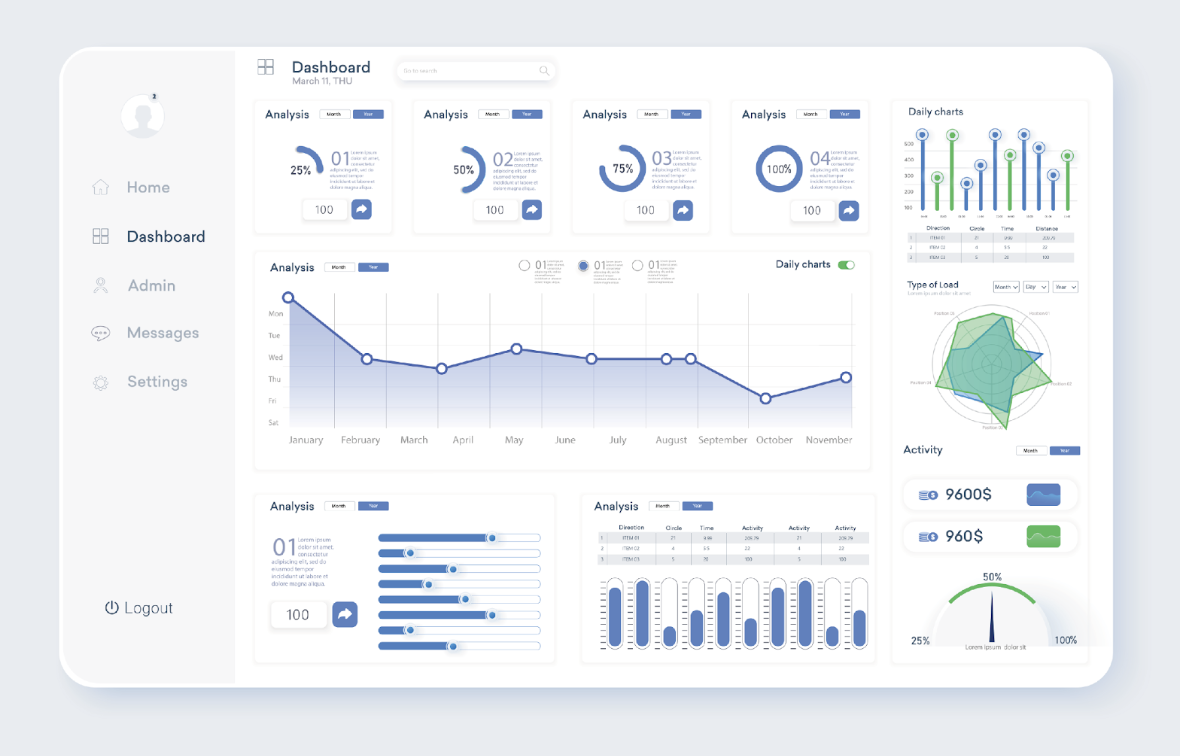
How to measure the ROI
Measuring the impact of your UX design is just as crucial as implementing changes. Here are some key metrics to monitor:
- Conversion Rates: Are more users completing the desired actions?
- Customer Retention: Are users staying engaged over time?
- Task Success Rate: Can users easily complete tasks within your product?
- Net Promoter Score (NPS) and reviews: Are users recommending your product?
- Support Tickets: Are fewer users seeking help due to usability issues?
By monitoring this data, you can quantify the ROI of your UX design efforts and make data-driven decisions.
Real-world insights
So we have looked at some specifics, but which companies have reaped the rewards of holistically investing in UX design across all areas of their products:
Amazon: From their one-click ordering patent to personalised ad recommendations, Amazon has built an empire using a frictionless user experience. Its relentless focus on UX through convenience, speed and personalisation has set the standards for e-commerce products and has kept customers coming back. Features such as predictive search and hassle-free returns interfaces mean every aspect of Amazon’s UX is designed to enhance efficiency. This has been a key driver of its success and cemented it as the go-to online marketplace for millions worldwide. (Knowledge at Wharton)
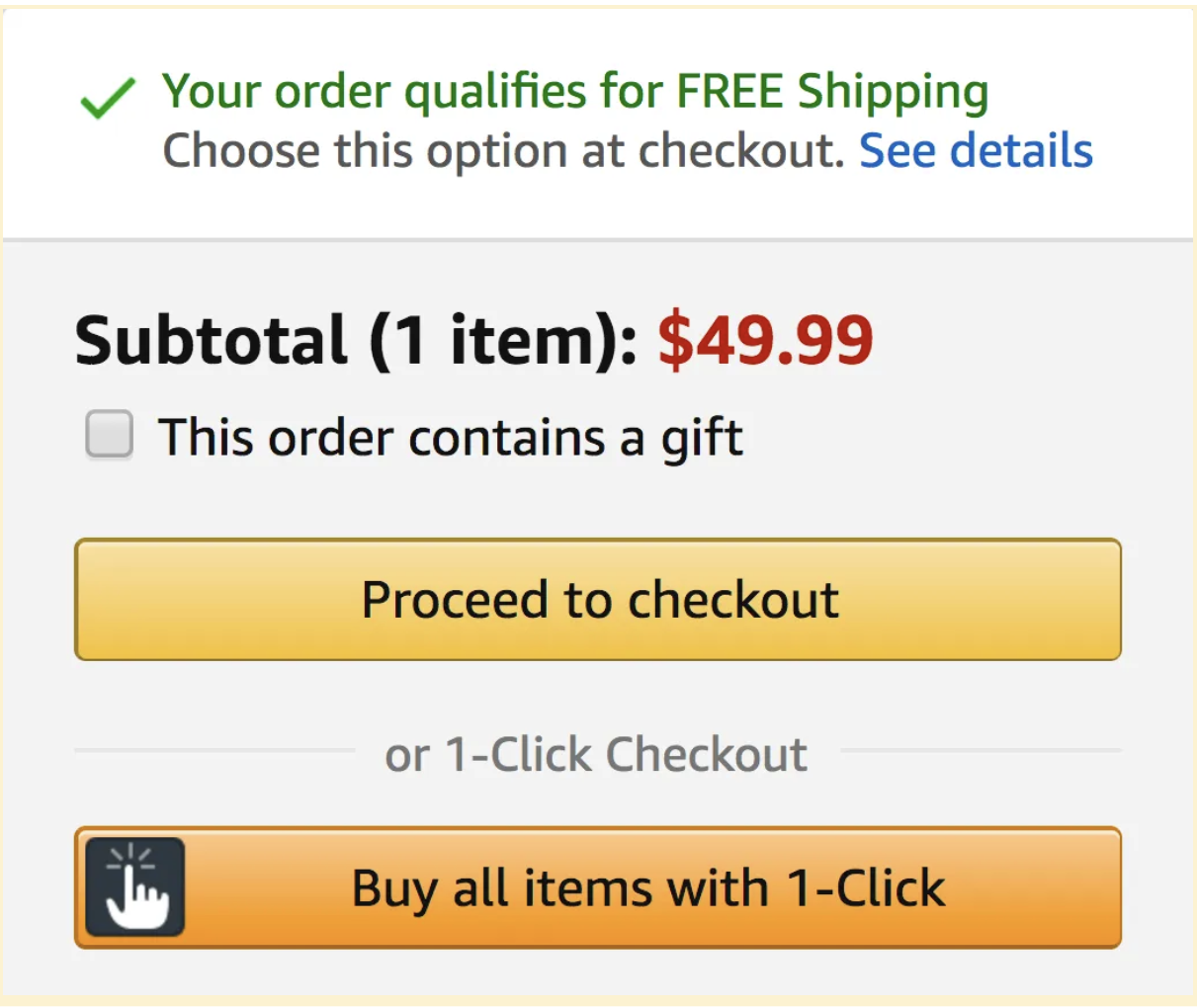
Duolingo: By gamifying language learning, Duolingo has used UX to make the experience not just fun, but also accessible and engaging, keeping users hooked and determined to maintain their streaks. The simple interface allows for effortless focus, and its personalised learning adapts to the user, transforming how millions worldwide learn new languages. (Forbes)
Spotify: Their heavy investment in UX design has been a game-changer, creating an experience that keeps users engaged and returning for more. With personalised playlists, an intuitive and easy-to-use interface, and social features such as collaborative playlists, Spotify has transformed how people interact with music. As of 2023, Spotify boasts 300 million active users worldwide, demonstrating how it attracts and retains a deeply loyal customer base. (Newsroom Spotify)
Final thoughts: UX design is a game-changer
The ROI of UX design is undeniable. From boosting conversions to improving customer retention, UX is a crucial driver of business growth. In today’s competitive landscape, businesses cannot afford to overlook the importance of UX. Investing in UX design is not just about making a product look good, it’s about creating an experience that meets user needs, enhances engagement, and drives profitability.
The real question isn’t whether you can afford to invest in UX design, it’s whether you can afford not to. So, if you are not investing in UX already, now is the time to start. Your users, and your bottom line, will thank you.
Work with an award-winning team
Hallam is a multi-award-winning UX agency, get in touch if you want to discuss the next steps in your UX strategy and have a read of how we used UX best practices to optimise and launch a new website for Version 1.

